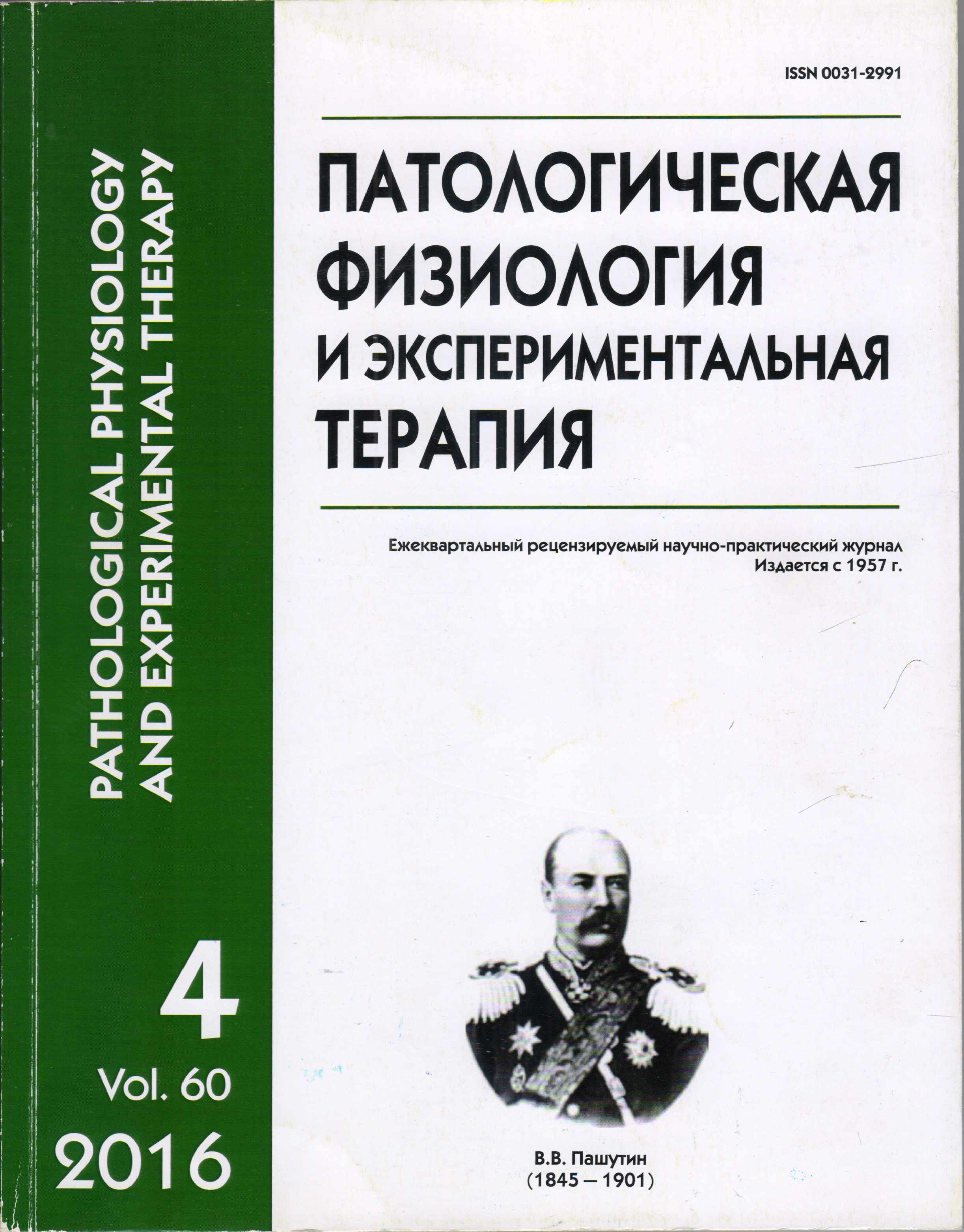Neuroprotective and antiamnestic effects of mutant molecules of erythropoietin on model of photochemical thrombosis of rat brain prefrontal cortex
Abstract
Mutant EPO molecules, deprived of erythropoietic activity, but possessing cytoprotective action, were created by the method of genetic engineering. The assessment of the therapeutic effectiveness of the received mutant proteins was carried out by the retention of the conditioned reflex of passive avoidance (PA), developed before the ischemic injury of rat brain prefrontal cortex, and by the MRI-analysis of ischemic damage volume. Antiamnestic and neuroprotective action of mutant molecules – MERO-Fc and MEPO-TR is investigated on model of photothrombosis of rat brain prefrontal cortex at single intranasal introduction in 1 h after cortex ischemic damage. The neuroprotective (MRI) and antiamnestic (PA) effects of mutant molecules of erythropoietin derivatives are shown.






